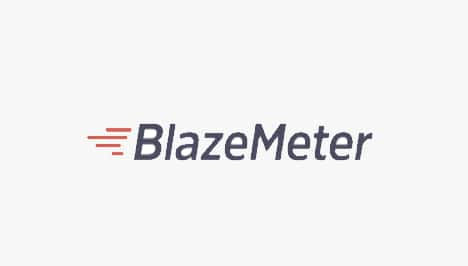Purpose: Acceptance testing evaluates whether the system meets the specified business requirements and is ready for deployment. It involves end-users or client representatives validating the system against their expectations and use cases. Acceptance testing aims to gain confidence that the system functions as intended, aligns with the users' needs, and meets the business objectives.
Acceptance testing consists of two main types: User Acceptance Testing (UAT) and Business Acceptance Testing (BAT).
During acceptance testing, the focus is identifying defects and validating the system's fitness for deployment. Any deviations or discrepancies from the expected behaviour or requirements are documented, reported, and addressed before the system is ready for deployment.
Acceptance testing provides a final validation step, ensuring that the system meets the business needs and is ready to be put into production. It helps build confidence among stakeholders and end-users, ensuring that the developed software meets their expectations and will contribute to the business's success.
Who:
- Product Owners, End-users, or Client representatives
When:
- Acceptance testing is typically performed towards the end of the software development lifecycle, after completing system testing. It is the final phase of testing before the system is deployed.
Tools/Technology
- qTest: A test management tool that facilitates the organization and tracking of acceptance test cases and results.
- JIRA: A project management and issue-tracking tool that can be utilized for managing acceptance testing tasks, test cases, and defects.






